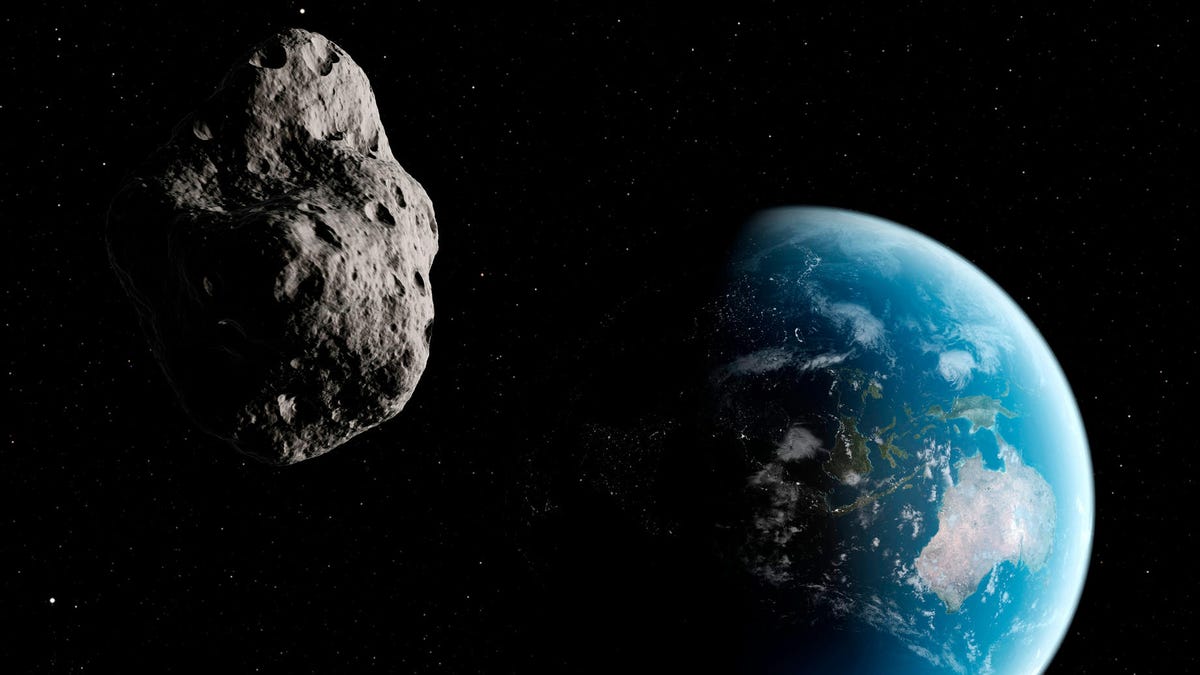First Asteroid to Buzz Earth in 2023 Came Closer Than Many Satellites
No need to panic, but oddly enough, we missed this one as it approached.

Space may be vast, but it definitely isn't empty, especially around Earth.
An asteroid passed by closer to Earth this month than most large telecom satellites, and our telescopes didn't spot the space rock until it already had us in its rear view.
Asteroid 2023 AV was spotted by the Catalina Sky Survey in Arizona on Jan. 13, a day after it made its flyby, passing just 5,704 miles (9,180 kilometers) above Earth's surface. For context, geosynchronous orbits -- "sweet spots" where many communications satellites reside -- are over 22,000 miles (35,000 kilometers) in altitude.
2023 AV is somewhere between the size of a golf cart and small pick-up truck at 6 to 15 feet (2 to 5 meters), which is quite small and non-threatening by asteroid and near-Earth object standards. Based on previous experience, if an asteroid this size were to actually impact Earth as some have in the recent past, it would very likely burn up in the atmosphere -- keeping us Earthlings safe, but possibly producing a spectacular fireball in the process.
For instance, the bolide that exploded in the atmosphere over Russia in 2013 was probably about 10 times the size of 2023 AV, yet only a small boulder-size piece made it all the way to the surface.
#Asteroid 2023 AV passed less than 9200 km above the Atlantic Ocean near French Guiana on Thursday. It approached from the daytime sky. It is the first known asteroid of the year to pass closer than our geostationary satellites. It may be as large as 5 meters. pic.twitter.com/iOomcyezgn
— Tony Dunn (@tony873004) January 15, 2023
This marks the first asteroid to be discovered flying past Earth closer than the moon in 2023, and it also happens to be the 17th closest asteroid visit in records that go all the way back to 1901. Another, larger asteroid (2023 AC1) also came closer to us than the orbit of the moon just hours later, but it was well over 100,000 miles away from the surface.
There's no reason to worry about smallish asteroids like these. The bigger risk comes from larger objects that we've yet to discover, particularly those that approach our planet from the direction of the sun where we have a glaring (literally) blind spot.
Upcoming missions like NASA's NEO Surveyor aim to give us new eyes in space to be better prepared.

